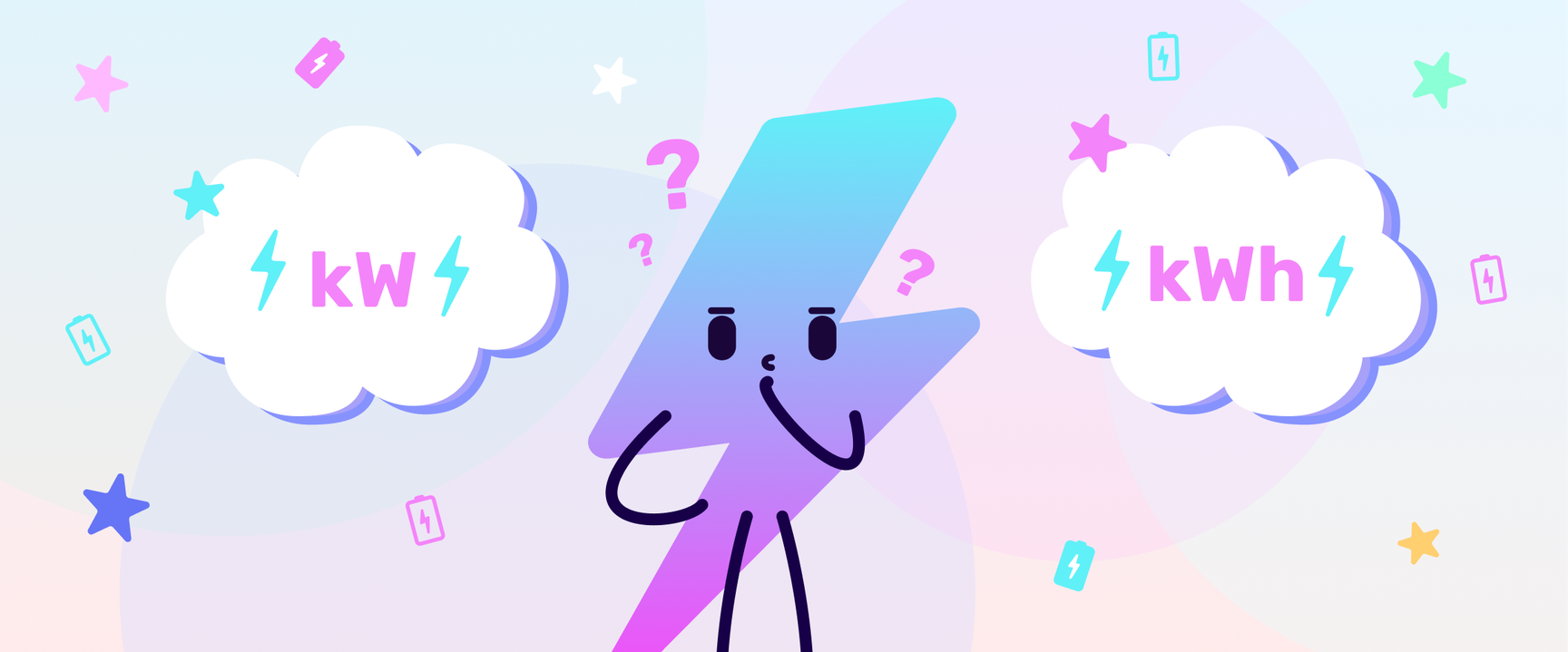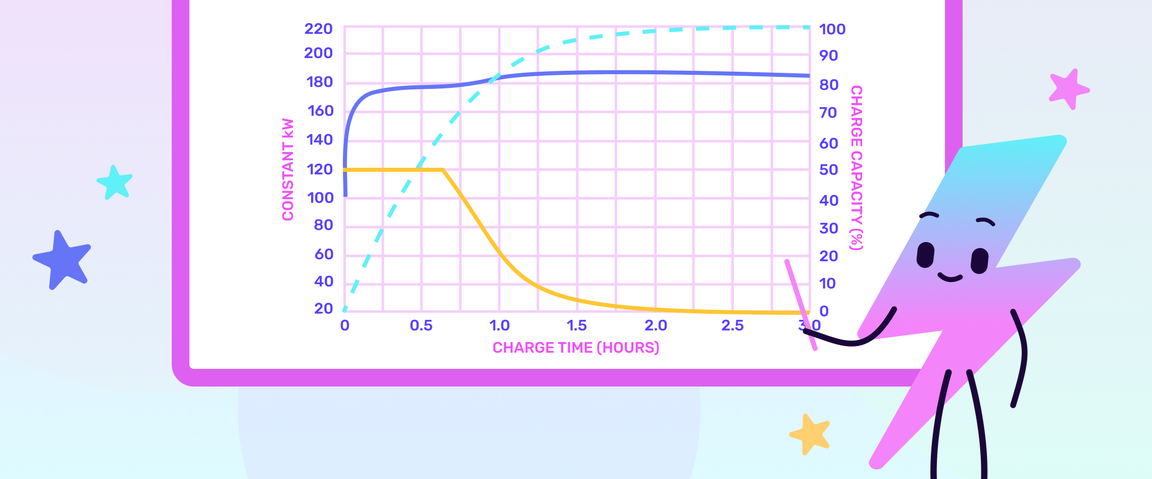So, what’s the difference?
As mentioned above, kW represents the rate of energy that either goes in or out, of an EV.
You’ll have noticed from looking at specifications that EVs have a maximum DC charging capacity - this is the maximum rate of kW that a vehicle can charge at. The higher the capacity, the faster the charge. For example, the Polestar 2 has a maximum DC charging capacity of 150 kW, whereas the Volkswagen ID.3 has a DC charging capacity of 125 kW. This would mean that to charge from 20 - 80%, using a 50 kW charge point, would take the Polestar 2 40 minutes, but take the ID.3 60 minutes.
To learn more about different types of charging rates, check out our blog: EV connectors and speeds.
A good way to visualise kW is as a garden hosepipe. The wider the hosepipe, the more water can come out.







